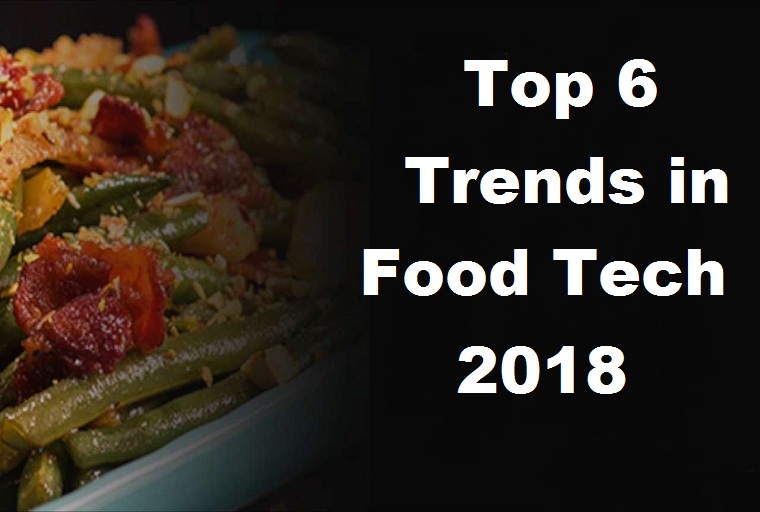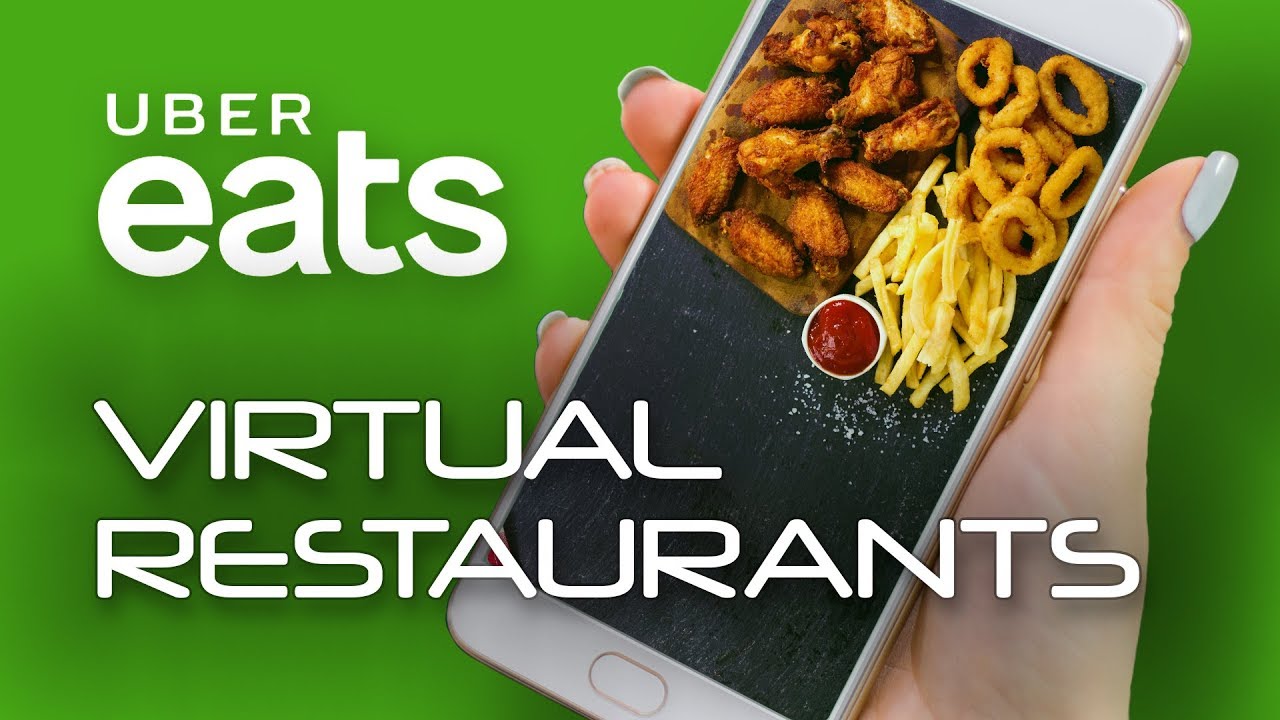
Food is one of the primary requirements of a human being to live in the world. Without food, a person will not be able to get energy for doing day to day work. To provide more food to the ever-growing population of the people, technology step into the field.
Today new techniques and ideas are used for producing food. Failure in the existing technologies in food processing has led to the invention of new methods.
The food consumers are showing an innovation trend where nutrition is the primary key. Many multinationals are reworking their best technologies to focus on nutritive values and wellness.
Keeping in mind the practices that are expected to provide a fantastic mix of traditional knowledge and innovative new technologies. Here you will get to know the six trends in food tech emerging in 2018.
Innovation in Food Processing
As we are moving towards a diet conscious era, new innovative technologies are being used to fulfill the demands. As the people of 2018 wants chemical free, natural and unaltered food, research of new processes is going on.
Some indigenous foods that are full of nutrients are processing with the help of technology so that their value does not deplete.
A blend of traditional technology along with the modern techniques are making possible a wide variety of traditional foods.

Several non-thermal techniques such as High-Pressure Processing (HPP), Pulsed electric fields (PEF), and UV are useful in food development. These non-thermal technologies explored on the global scale and research work took an exponential growth in these areas.
The primary advantage of using non-thermal technologies is that they eliminate the use of high temperatures. Usage of non-terminal techniques during processing can achieve microbial inactivation and reduce detrimental changes in physical or sensory properties of foods.
Since these techniques are effective, the result is healthier and more natural foods are now available in the market.
Innovation With Ingredients Using Old knowledge
Recently, extensive research in health benefits of native foods has open the path for the growth of native foods. People realize the benefits of fermented foods on the intestinal and immune system.
The simple process such as pickling and sun drying is global importance as it is eco-friendly and also commercially viable.
In case of such foods, the technique improves the nutrient content and flavor while also it is healthy for shelf life. Additionally, the native foods are widely available for the masses with the help of marketing technologies.
Fusion Of Raw Products
You know that health and taste are the primary factors that drive the innovation in food technology. New products are emerging by mixing the already available categories of food
For example, coconut water with aloe vera or sugarcane juice with ginger not only provide a different taste but also add nutritive values.
Even the existing ones are undergoing modification to enhance their nutritive contents. New alternatives to food items using technology innovation have to lead to extensive use of them.
For example, Stevia is an alternative to the sugar. Stevia is all natural and is now being infused in drinks.
AI and Robotics Rise Up For Food
Robotics are already operating the assembly of packets and placing the food inside them. The use of Artificial intelligence has made some complex techniques easier to implement.
Now the maintenance of the processes is guided by artificial intelligence. The combination of both robotics and artificial intelligence will enable to reduce food waste.
The combination will also allow the production and food delivery more fast reliable. there has being a huge shift of the packing materials from the harmful plastic to the eco-friendly and recyclable materials.
Not only the small industries but also multinationals are looking forward to using environment-friendly materials. Finding innovative solutions within the parameters helps the likeliness of a product.
E-commerce In Food Industry
With the rise in technology, e-commerce gained popularity as more people are buying products online sitting at home. E-commerce not only made the product buying experience easy but also enable easy business operations.
The food industry came out to deliver their items directly to customers without involving any third party. The service is so fast that the customers can receive the products within a day. On the other hand, the grocery supplier business delivery becomes cost efficient.
Use of Artificial intelligence the can improve the timings of the delivery. With more innovative techniques the delivery times are reducing, and as a result, the customer satisfaction is achieved.
For example, Amazon is currently providing the service of grocery food delivery. Till now, no other company has come up with a proper grocery delivering service.
On the other hand, Amazon Alexa, smart AI speaker, allows grocery ordering on the go. An Alexa user can order grocery food by telling the speaker and then Alexa will do the rest of the things.
Virtual Restaurants Is Everywhere
Among the latest trends in food tech is the introduction of the delivery of cooked food. Zomato and UberEats are among the companies that offer the service.

The service allows a user to order their favorite restaurant dishes on the mobile app. then a food delivery person will bring the food right on the user doorstep.
The food delivery is quite fast as no one wants a cold dish. The food delivering companies offer some discounts to the user. on the other hand, the user will receive their favorite dishes at a low rate directly delivered to their home.
The data-driven food delivery app UberEats has made available the virtual counterparts of their real-world restaurants.
Summing Up
To sum up, these were the top six trends in food tech that we can see in 2018. Here you must have got to know the basic implementation of the trends. The trends are essential to serve a huge population of people and at the same time providing growth to the food industry.



